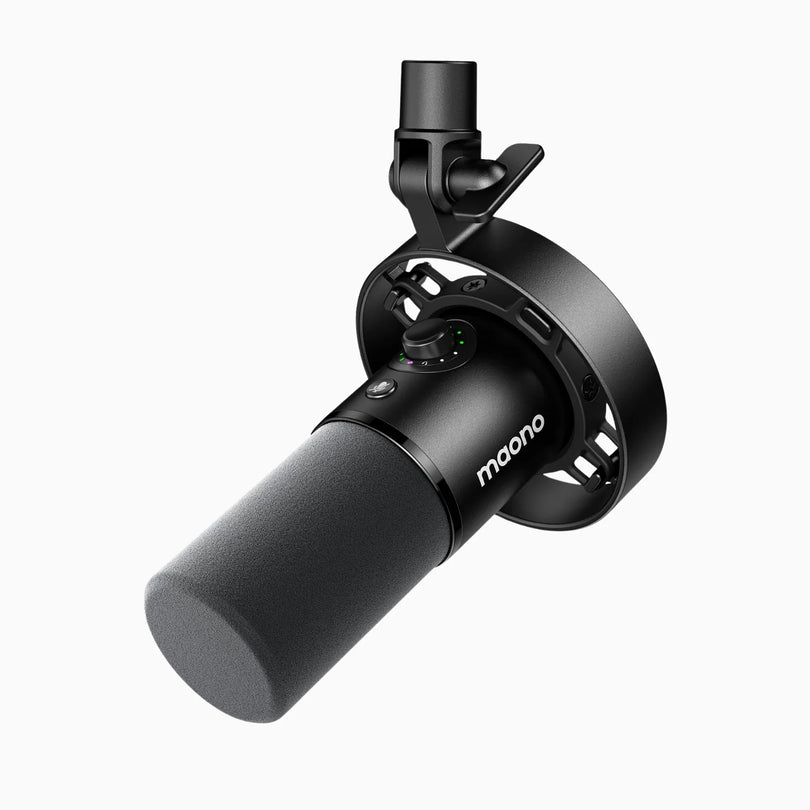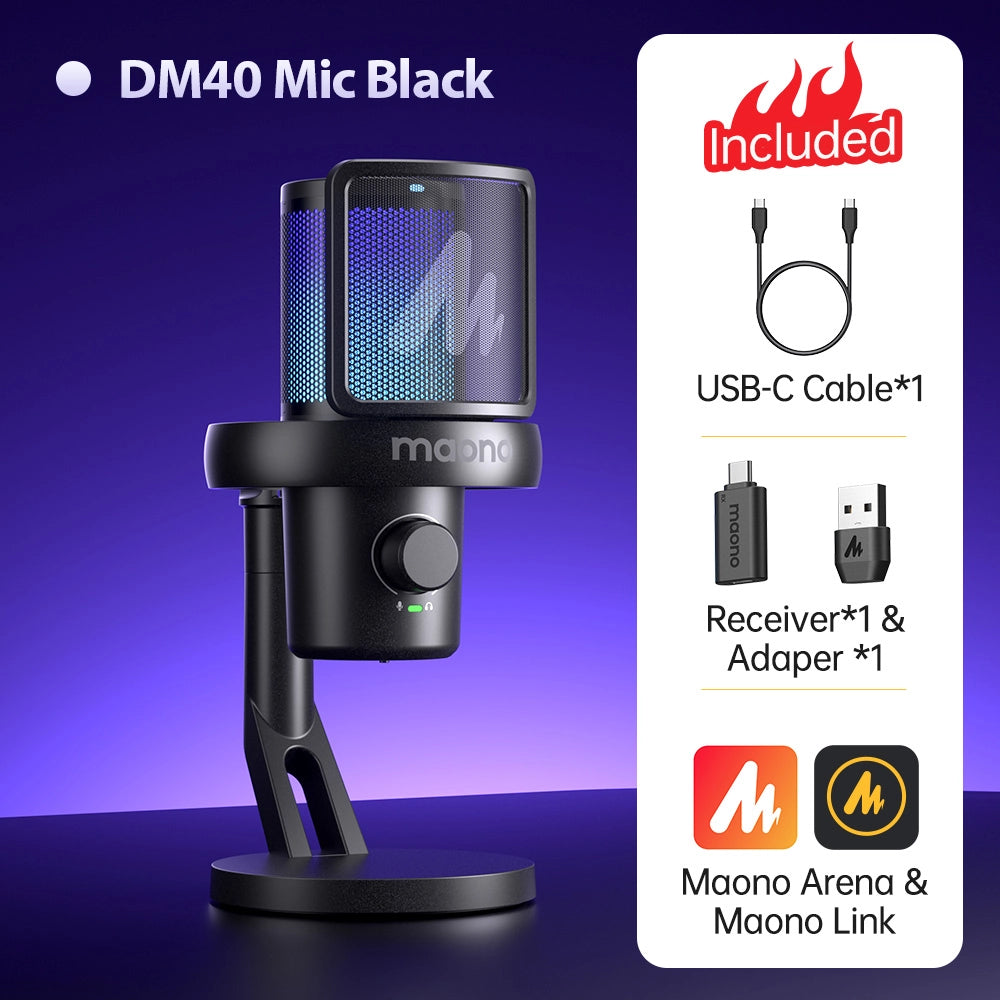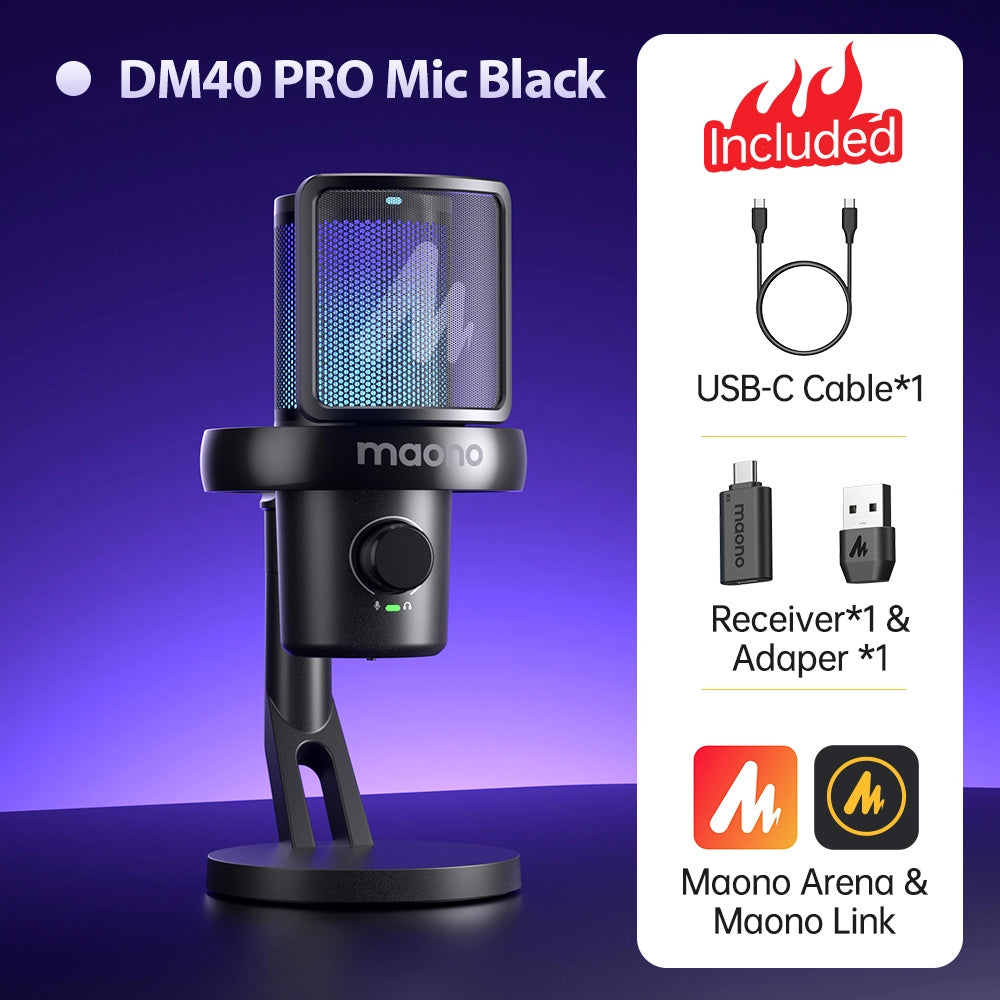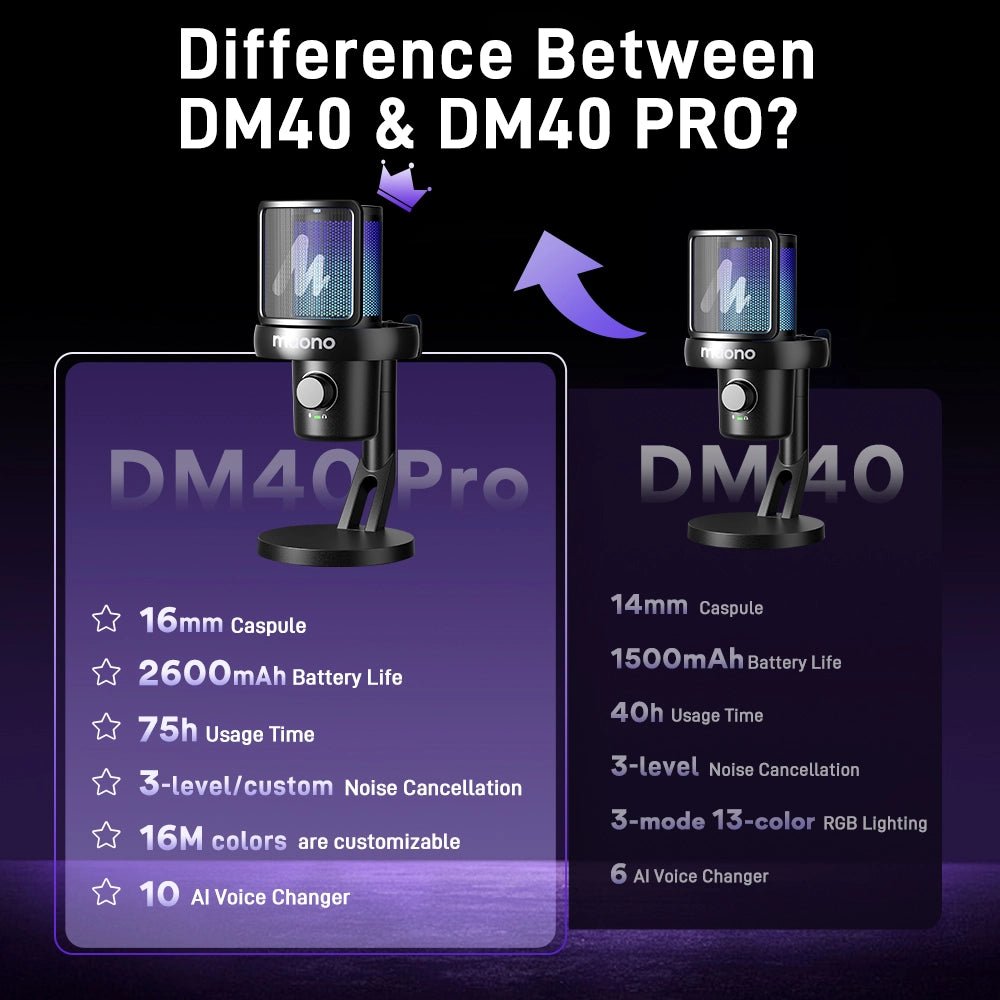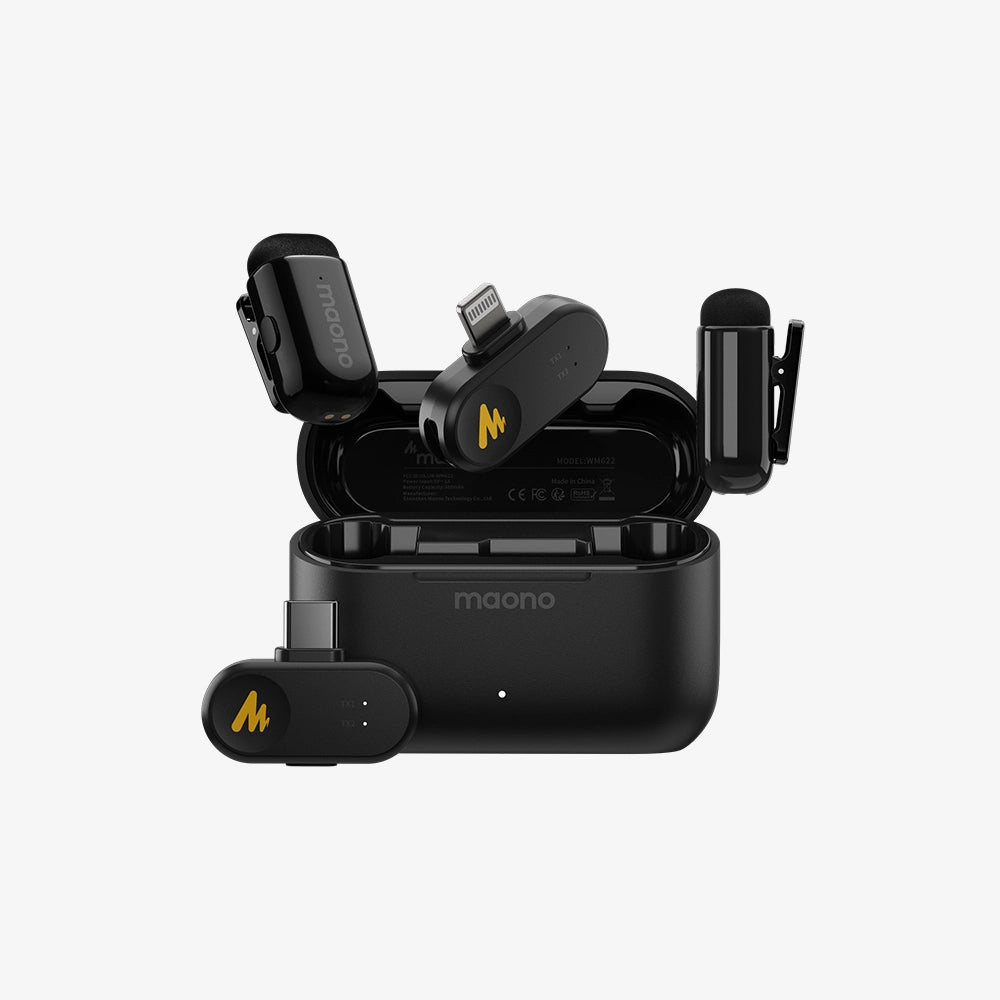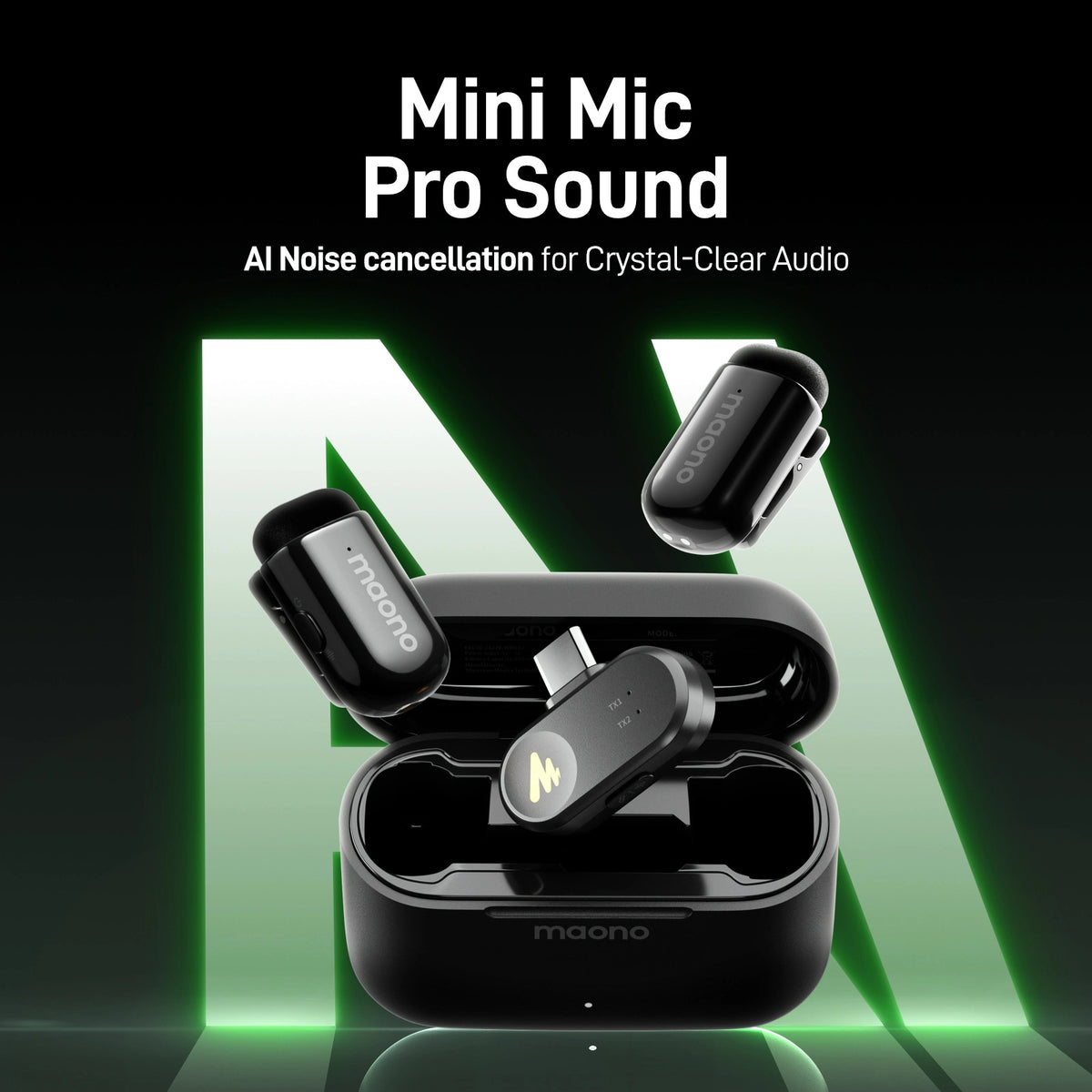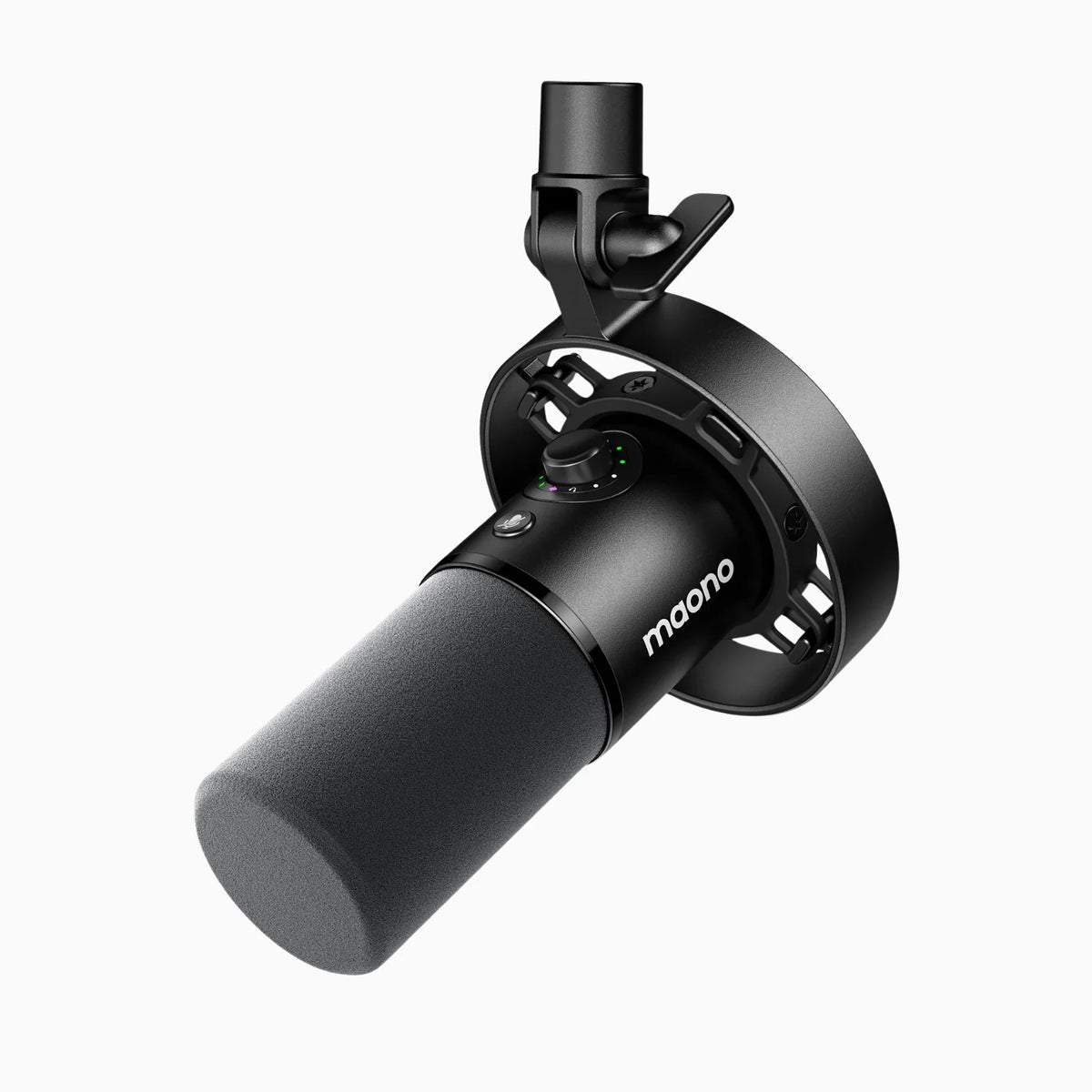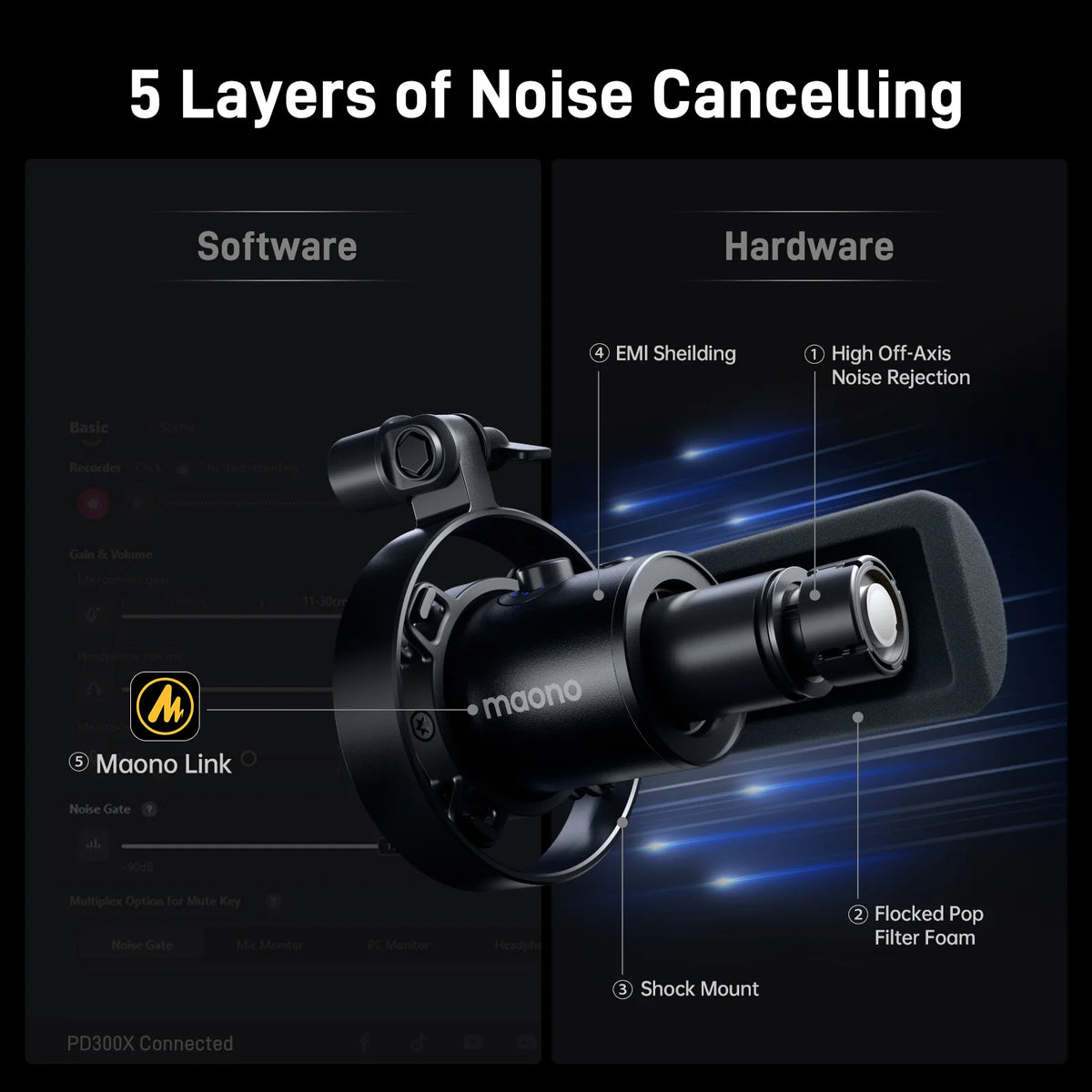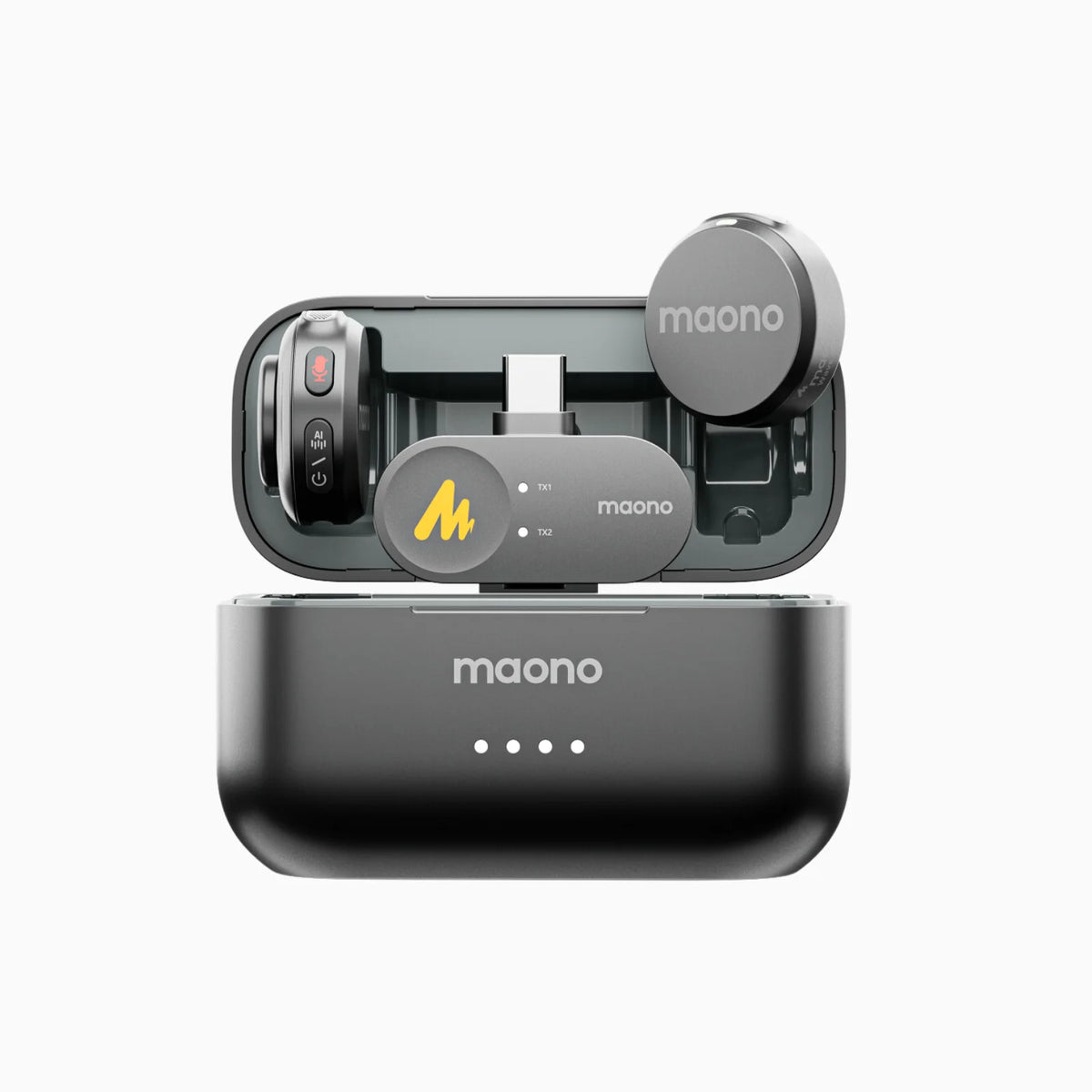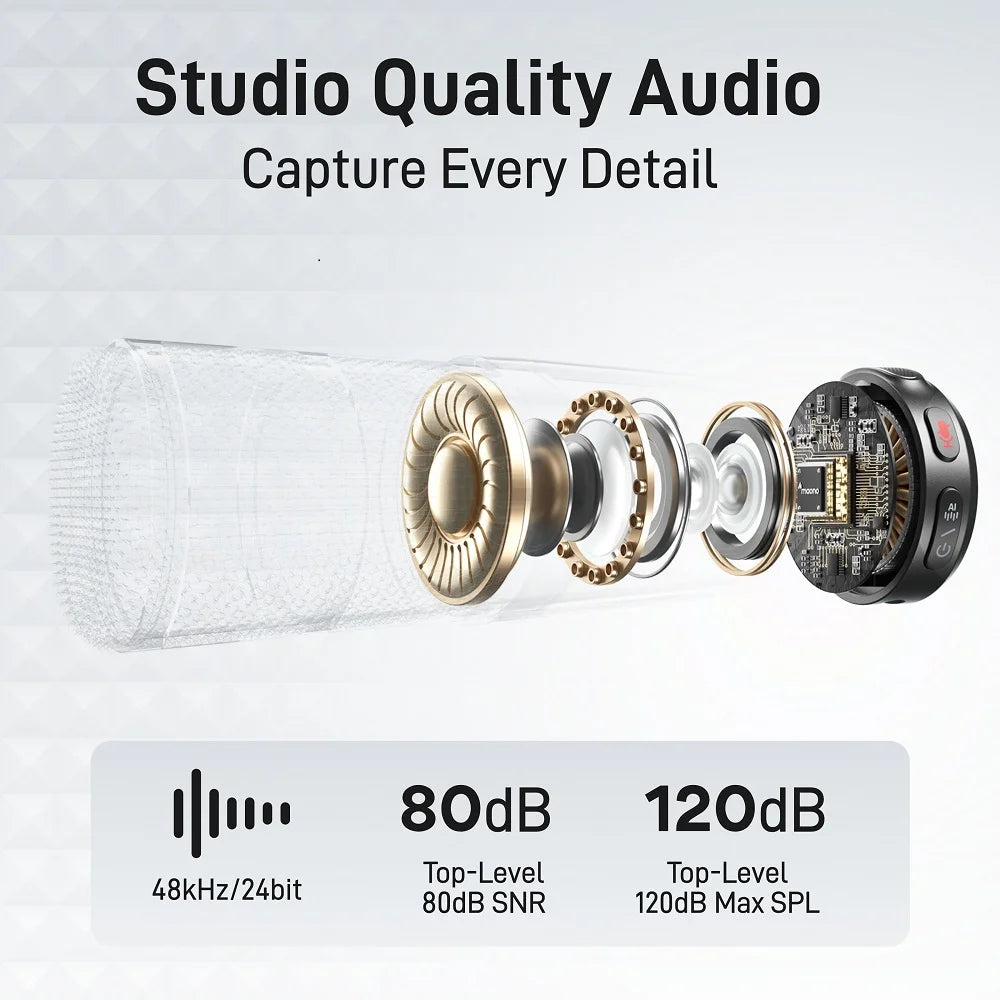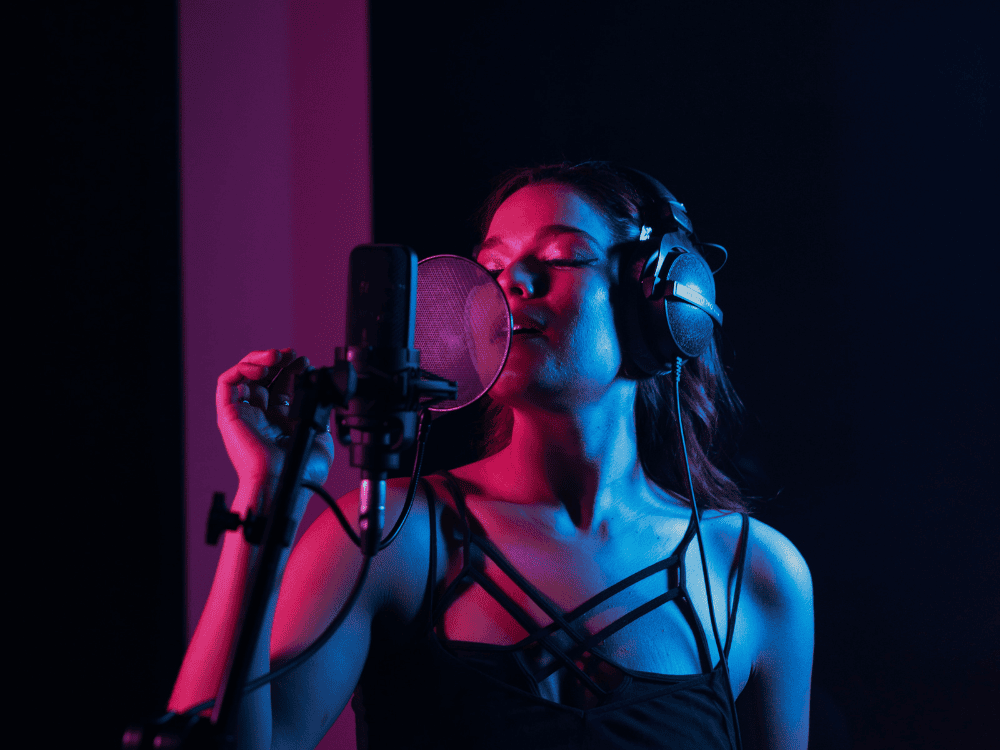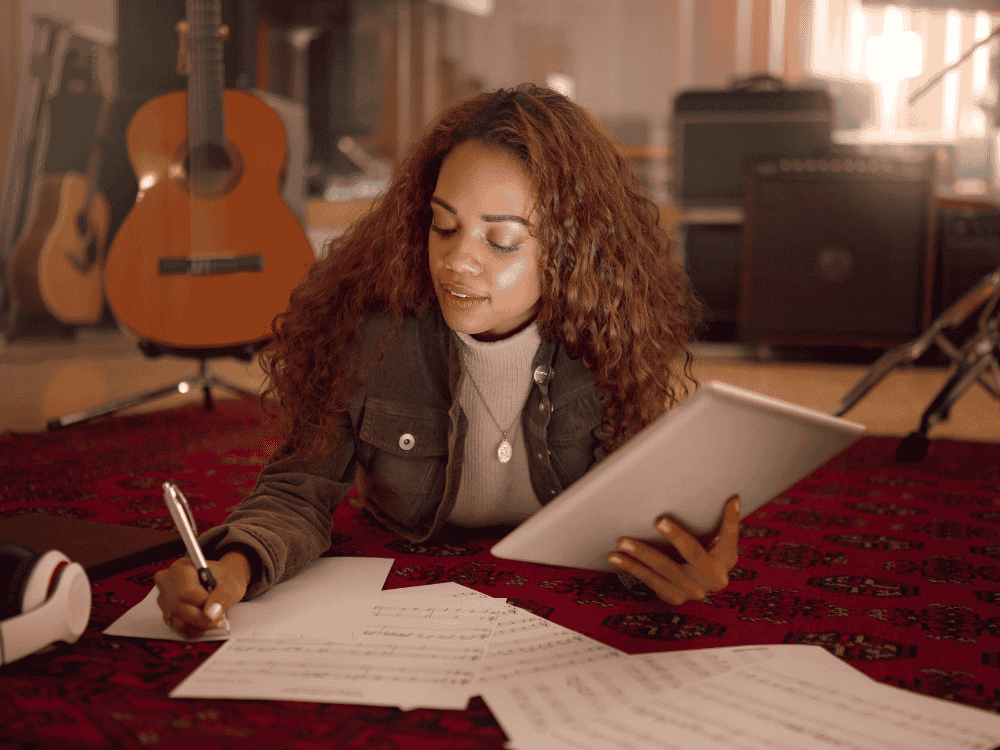Lavaliers, or lapel microphones, are small, clip-on mics that provide hands-free audio recording and amplification. They are widely used in live performances, broadcasting, interviews, and presentations. But how long do lavalier mics last? The lifespan of a mic lavalier depends on usage and maintenance. A high-quality Lavalier microphone, whether wired or wireless, can last several years if properly handled, stored, and protected from moisture and rough use.
Who Uses Lavalier Microphones?
Lavalier microphones are popular among professionals and performers, including:
-
Public speakers and presenters who require hands-free communication.
-
Singers and musicians for live stage performances and recording sessions.
-
Content creators and vloggers who need clear, unobtrusive audio.
-
Journalists and interviewers for professional on-the-go recordings.
-
Educators and trainers conducting online or in-person lectures.
Is a Lavalier Microphone Good for Singing?
A Bluetooth Lavalier mic can be a good option for singers, especially when movement and mobility are important. While handheld and headset microphones provide better sound isolation, lav mics allow for a more natural performance without being held. Some high-quality lavaliers capture clear vocals, making them suitable for live singing and presentations.
What Are the Disadvantages of a Lavalier Microphone?
Despite their advantages, lavalier mics have a few drawbacks:
-
Potential for background noise: A Lavalier wireless mic for iPhone may capture surrounding noise, which can be an issue in loud environments.
-
Limited control: Unlike handheld microphones, singers have less control over mic positioning.
-
Clothing interference: If not clipped properly, fabric rubbing against the mic can cause unwanted noise.
-
Battery dependency (wireless models): A wireless Lavalier mic for iPhone requires batteries or rechargeable power, which may run out during performances.
When Do You Use a Lav Mic?
The best wireless lavalier mic is ideal for scenarios requiring discreet and hands-free audio capture. Common use cases include:
-
Live singing performances
-
Stage acting and theater productions
-
Conferences and public speeches
-
Interviews and news reporting
-
Fitness and dance instructors’ sessions
FAQs:
What Are the Best Lavalier Microphones for Singing Live Performances?
For live singing performances, a high-quality lavalier mic should deliver clear vocals and minimize background noise. Some of the best options include:
-
Shure WL185 – A great wired lavalier for vocal clarity.
-
Sennheiser ME 2-II – Ideal for wireless setups.
-
Rode Lavalier GO – Excellent budget-friendly choice.
-
Maono Wave T5 (Wireless) – is an excellent microphone, It’s one of the best wireless lavalier mic options that’s great for stage performances.
-
Maono XLR20 (Wired) – A high quality, wired Lavalier microphone provides professional-grade audio recording.
Wired vs. Wireless Lavalier Mics: Which Is Better for Singers?
Both wired and wireless lavalier microphones have their own strengths and weaknesses. Choosing the right type depends on your needs:
Wired Lavalier Mics:
-
Pros: Consistent audio quality, no battery dependency, more affordable.
-
Cons: Limited mobility due to cable restrictions.
Wireless Lavalier Mics:
-
Pros: Greater freedom of movement, no cables to manage.
-
Cons: More expensive, potential for signal interference, battery dependency.
Recommended Lavalier Mics:
Maono Wave T5 (Wireless Lavalier Mic)

Notable Features:
-
High-fidelity audio transmission
-
Compact and lightweight design
-
Reliable signal stability with low latency
-
Rechargeable battery with extended life
-
Ideal for live performances and outdoor recordings
Why It’s Great for Singing: The best wireless lavalier mic, Maono Wave T5, provides exceptional wireless freedom with crystal-clear sound, making it perfect for singers who need mobility without sacrificing quality.
Maono XLR20 (Wired Lavalier Mic)

Notable Features:
-
XLR connector for professional-grade audio
-
High-sensitivity condenser capsule
-
Low self-noise for clean recordings
-
Durable and lightweight design
Why It’s Great for Singing: The wired Lavalier microphone, Maono XLR20 is a premium wired lavalier mic, ensuring high-fidelity vocal capture without the risk of signal dropouts or battery failures.
Other Brands Noteworthy Mentions: Top 6 Wired and Wireless Mic Lavaliers
1. Sennheiser XSW-D Portable Lavalier Set
Notable Features:
-
Digital 2.4GHz wireless transmission with reliable connectivity
-
Compact and lightweight bodypack transmitter
-
High-quality ME2-II omnidirectional microphone
-
USB-C rechargeable battery with up to 5 hours of runtime
Why It’s Great for Singing & Recording:
The Sennheiser XSW-D is ideal for live performers and vocalists needing a reliable wireless Lavalier mic for iPhone and other devices. It delivers studio-quality sound with minimal interference, making it perfect for both stage performances and content creators.
2. Rode Wireless GO II
Notable Features:
-
Dual-channel recording for multiple microphone setups
-
Built-in storage with 40 hours of on-board recording
-
USB-C and 3.5mm TRS connectivity for flexible use
-
Compact, clip-on transmitter with integrated microphone
Why It’s Great for Singing & Recording:
This Bluetooth Lavalier mic is highly versatile for singers and presenters. With its dual-channel capability, it’s excellent for duets, interviews, and live-streaming musicians who need professional-grade audio.
3. Shure GLXD14R+ Lavalier System
Notable Features:
-
Automatic frequency management for seamless connectivity
-
Rechargeable lithium-ion battery with up to 16 hours of runtime
-
Superior RF performance in crowded environments
-
Includes a premium WL93 omnidirectional lav mic
Why It’s Great for Singing & Recording:
The Shure GLXD14R+ provides best wireless lavalier mic performance with a robust and interference-free signal. Its superior sound quality makes it ideal for singers performing on big stages or streaming high-fidelity vocals.
4. Audio-Technica AT899
Notable Features:
-
Subminiature design for discreet placement
-
High SPL handling for dynamic vocals
-
Wide frequency response for natural sound
-
Comes with multiple clip and mounting accessories
Why It’s Great for Singing & Recording:
A reliable wired Lavalier microphone, the Audio-Technica AT899 is perfect for singers and musicians who want clear, uncolored sound. It’s great for theater performances and recording detailed vocal nuances.
5. Sony ECM-77B
Notable Features:
-
Industry-standard broadcast-quality sound
-
Condenser capsule for exceptional vocal clarity
-
Works with both XLR and 3.5mm power sources
-
Omnidirectional polar pattern captures natural sound balance
Why It’s Great for Singing & Recording:
The Sony ECM-77B is used in professional broadcasting, making it an excellent mic Lavalier for vocalists and presenters. Its crisp, detailed sound ensures professional-grade recordings.
6. Sanken COS-11D
Notable Features:
-
Excellent off-axis rejection minimizes background noise
-
Waterproof and sweat-resistant design
-
Low self-noise for crystal-clear recordings
-
Designed to work with wireless and wired systems
Why It’s Great for Singing & Recording:
The Sanken COS-11D is favored by professional singers and stage performers for its clear vocal reproduction and resistance to moisture. Whether used with a Lavalier wireless mic for iPhone or a wired setup, it ensures pristine audio quality.
How to Properly Attach and Use a Lavalier Mic for Stage Singing
To get the best performance from a lav mic, follow these steps:
-
Positioning: Attach the mic close to the chest area but avoid placing it too near the throat to prevent muffled sounds.
-
Clothing: Clip the mic on firm clothing like a jacket lapel or dress collar to minimize rustling noise.
-
Cable Management: Secure the cable under clothing or use a clip to avoid accidental tugs.
-
Wind Protection: Use a foam windscreen to reduce plosive sounds and breath noise.
-
Check Wireless Frequencies: For wireless mics, scan and set the right frequency to avoid interference.
How to Choose the Right Lavalier Mic Frequency for Your Venue
For a Lavalier wireless mic for iPhone, selecting the correct frequency ensures interference-free performance:
-
UHF (Ultra High Frequency): Offers better stability and fewer interference issues than VHF.
-
VHF (Very High Frequency): Budget-friendly but more susceptible to signal drops.
-
2.4GHz Digital Wireless: Provides high-quality sound but may face congestion from Wi-Fi signals.
-
Check Local Frequency Regulations: Some frequencies may require licenses depending on your location.
Conclusion
Choosing between a wired or wireless lavalier microphone depends on your specific needs. A Wired Lavalier microphone like the Maono XLR20 offers reliability and professional audio, while a Wireless Lavalier mic for iPhone like the Maono Wave T5 provides freedom of movement for dynamic performances. Whether you're looking for the perfect gift for a singer this Love Month or upgrading your own gear, investing in a high-quality, good Lavalier mic, ensures outstanding audio for every performance.




